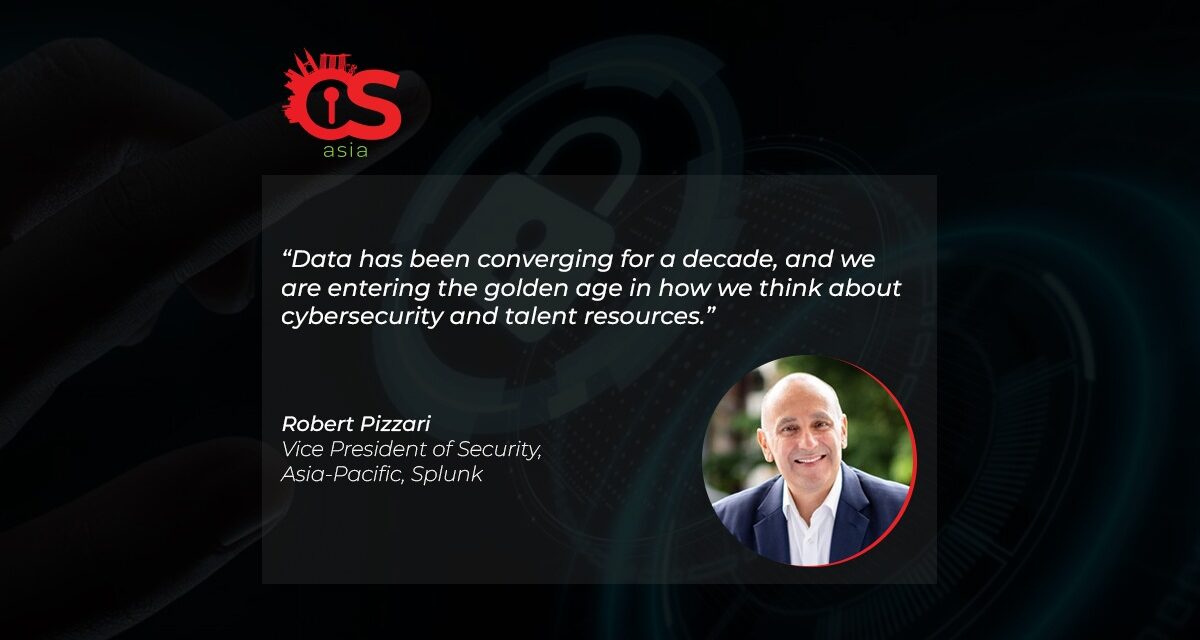This year, the growing availability of Cybercrime-as-a-Service will fuel even more cyberattacks and state-sponsored cyber warfare, impacting many areas of risks
Organizations worldwide are navigating increasingly complex environments composed of advanced cyber threats, macro-economic turbulence and talent gaps.
For organizations to continue to innovate, evolve and succeed amid this year’s difficult conditions will require a focus on value, opportunity and business resilience.
The technologies that matter in protecting cyber resilience are converging, and organizational structures and siloes are coming together. Data has been converging for a decade, and we are entering the golden age in how we think about cybersecurity and talent resources.

With that said, here are Splunk’s cyber predictions for 2023 — spanning across four key areas: Leadership trends and emerging technologies; Data security; IT and observability; and Public Sector.
- Leadership trends and emerging technologies
- Resilience is the new value focus, and strategic organizations will elevate leadership and converging data and tools around it. This year, organizations are making an effort to modernize, simplify and reduce costs while trying to increase visibility of their environment. Those that drive to a common set of tools and data, including a convergence of security and observability data, will achieve more holistic resilience.
- Vendors and visionaries will have to lead with value, because economic uncertainty kills the appetite for experimentation. In 2023’s economic environment, organizations need to be nimbler, with more incremental funding and a sharp focus on results. Organizations can expect the value focus to center on enhancing digital experiences and direct improvements of customer service.
- Data security
- Ransomware actors will skip encryption and move straight to cyber extortion. Threat actors will opt to avoid locking systems and focus on infiltrating sensitive IP or customer data that could lead to firms quietly paying ransomware demands. According to our global security strategists, ransomware has transitioned from a service to an economy. It is boring to look at ransomware from a technical standpoint. However, because it is so simple to set up and with the inclusion of other services, it has expanded into an entire ecosystem. It is getting faster, it is getting more efficient. Ransomware operators are learning IT operations at the enterprise scale. This Cybercrime-as-a-Service trend will be a boon to threat actors and drive further revolutions in cybercriminal activities in 2023.
- Enterprise misinformation attacks are going to ramp up into a really big problem. Evolving beyond CEO gift card scams, this form of attacks will involve new forms of digital risks such as enterprise social media account takeovers, CEO deepfakes and meme stocks.
- IT and observability
- Observability is now a core competency and essential for driving digital transformation. The complexity of greater, faster digital transformation is a challenge for most organizations and the tools that manage that complexity will become even more important.
- When observability is table stakes, automation will be the next differentiator. Stuck between the increasing complexity of systems and the shortage of tech talent, organizations will need a much greater reliance on automation just to keep up. Making automation smarter is the next big leap, to cover a range of tasks from alerts and responses to system outages and cyberattacks, to effectively onboarding new talent.
- Public sector
- Ransomware attacks will get more professionalized and keep on coming, especially against K-12 schools (primary and secondary education). The barrage of ransomware attacks has not ceased, and educational organizations are especially at risk, with K-12 schools being the most common targets. While basic cybersecurity practices will stop many attacks, no organization can count on stopping all of them.
- To address the talent shortage, public sector organizations will rely on clever short-term strategies ahead of long term solutions. This includes planning ahead for talent shortages by anticipating short employee retention spans and building expected departures into hiring plans. Public sector organizations will increasingly partner with their vendors to get more out of their existing investments to cope with talent fluctuations.





















